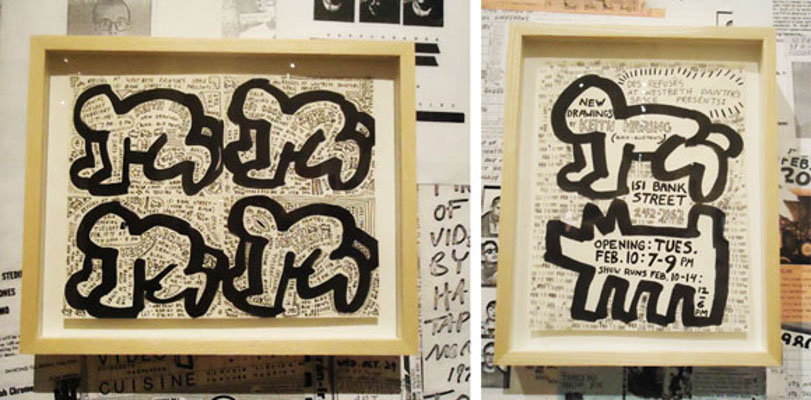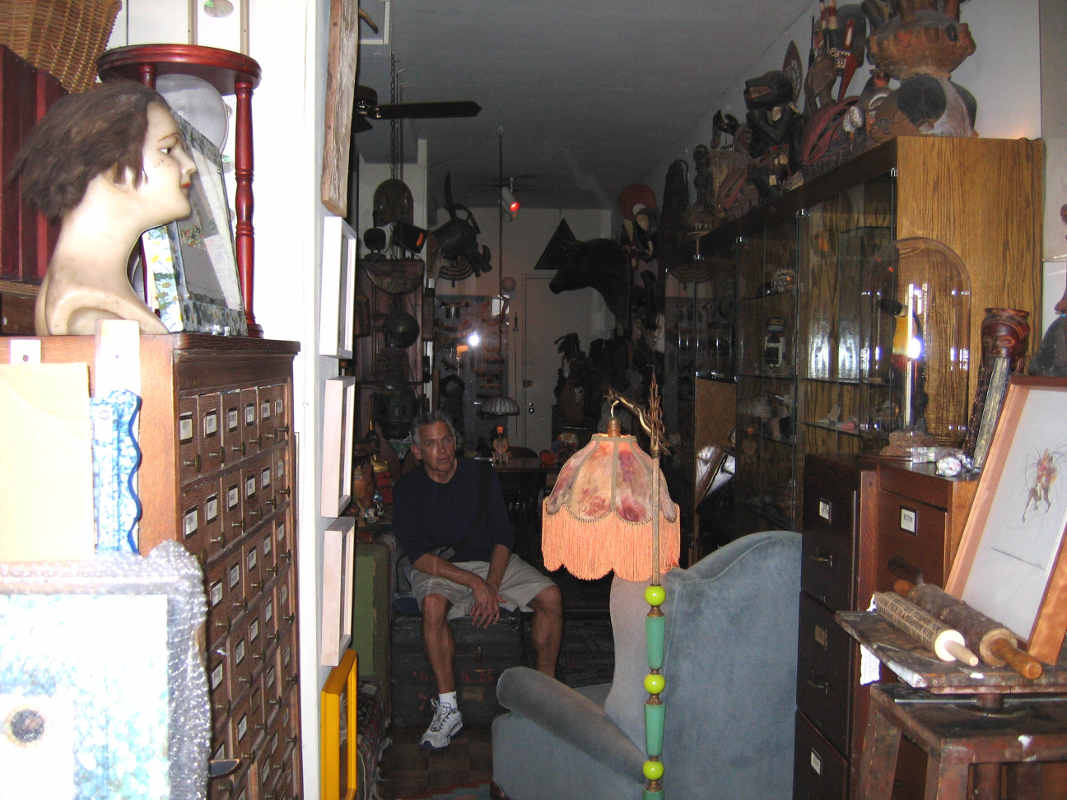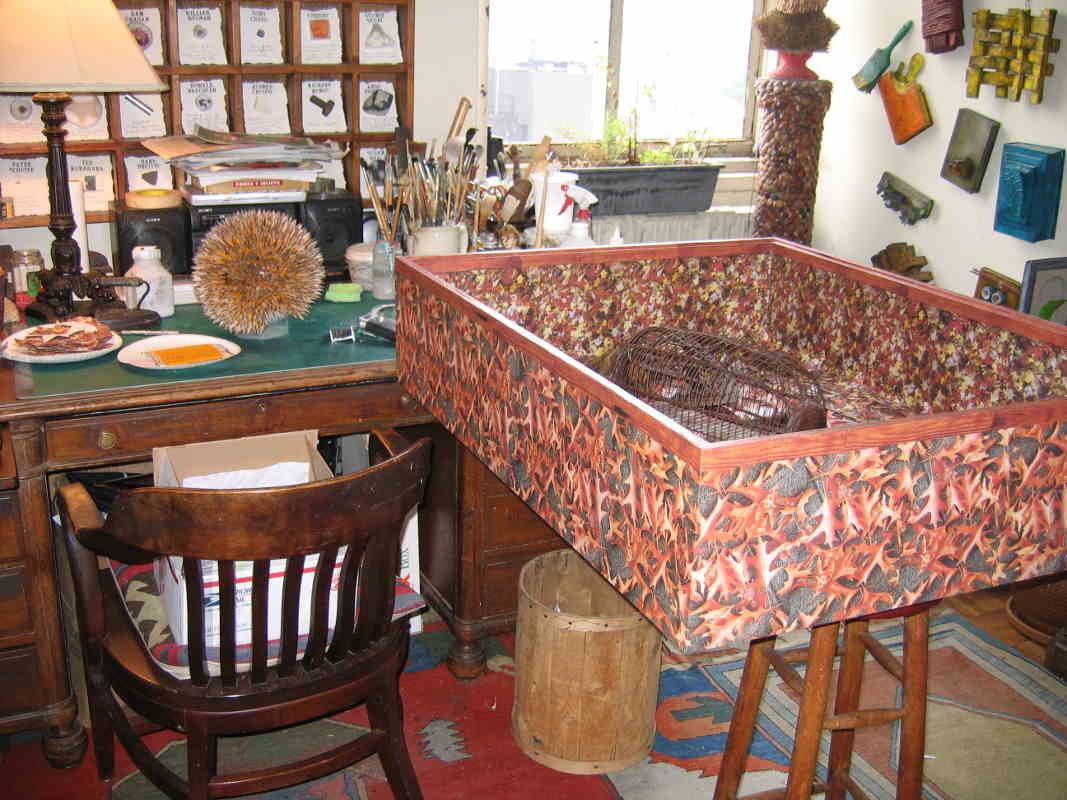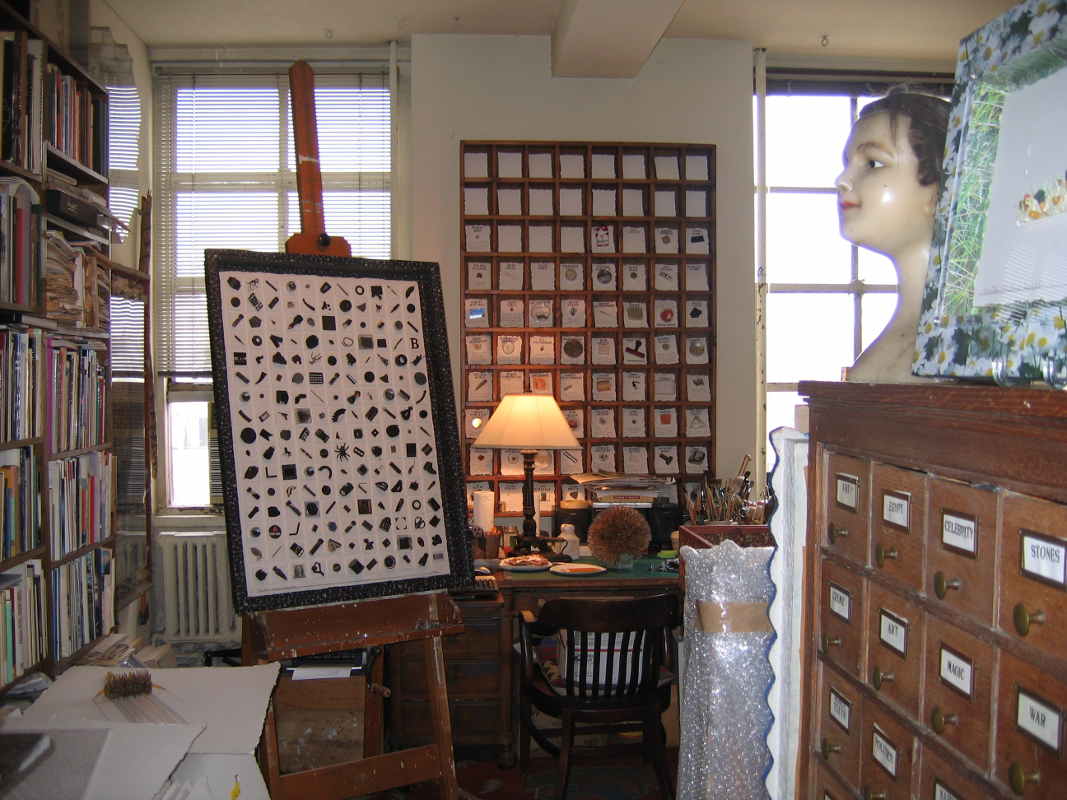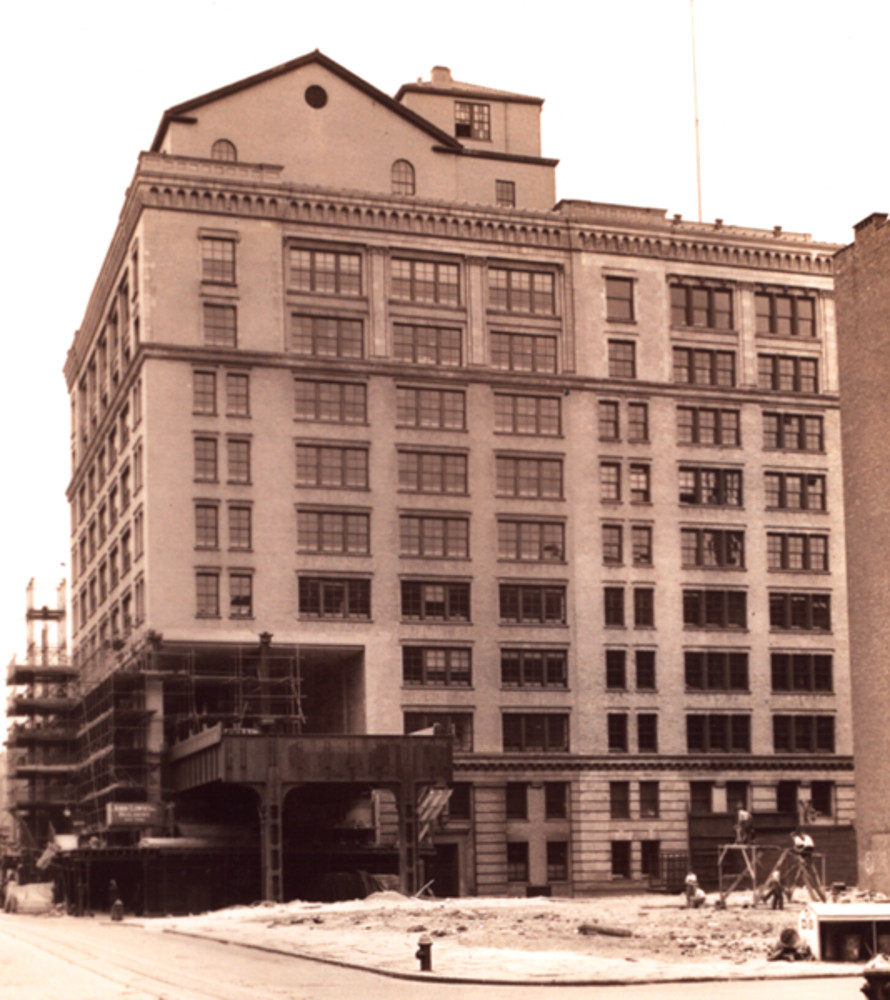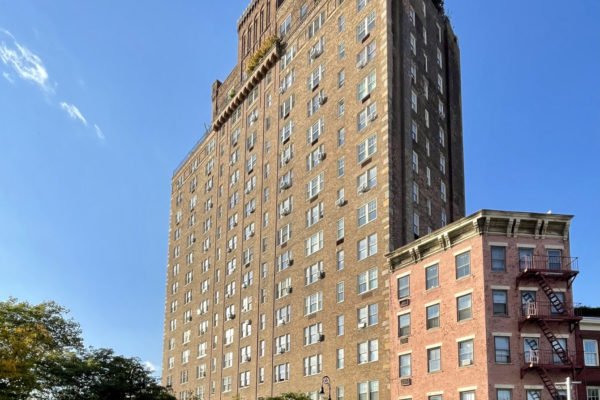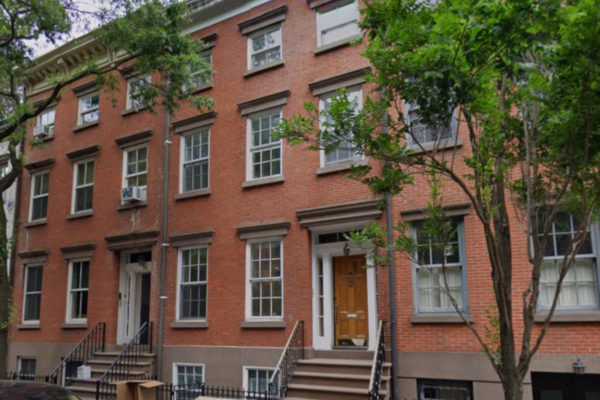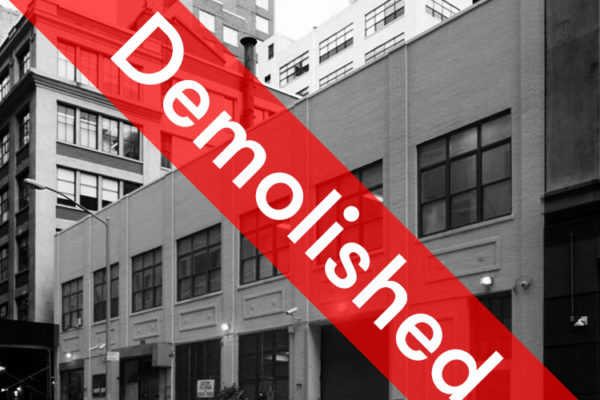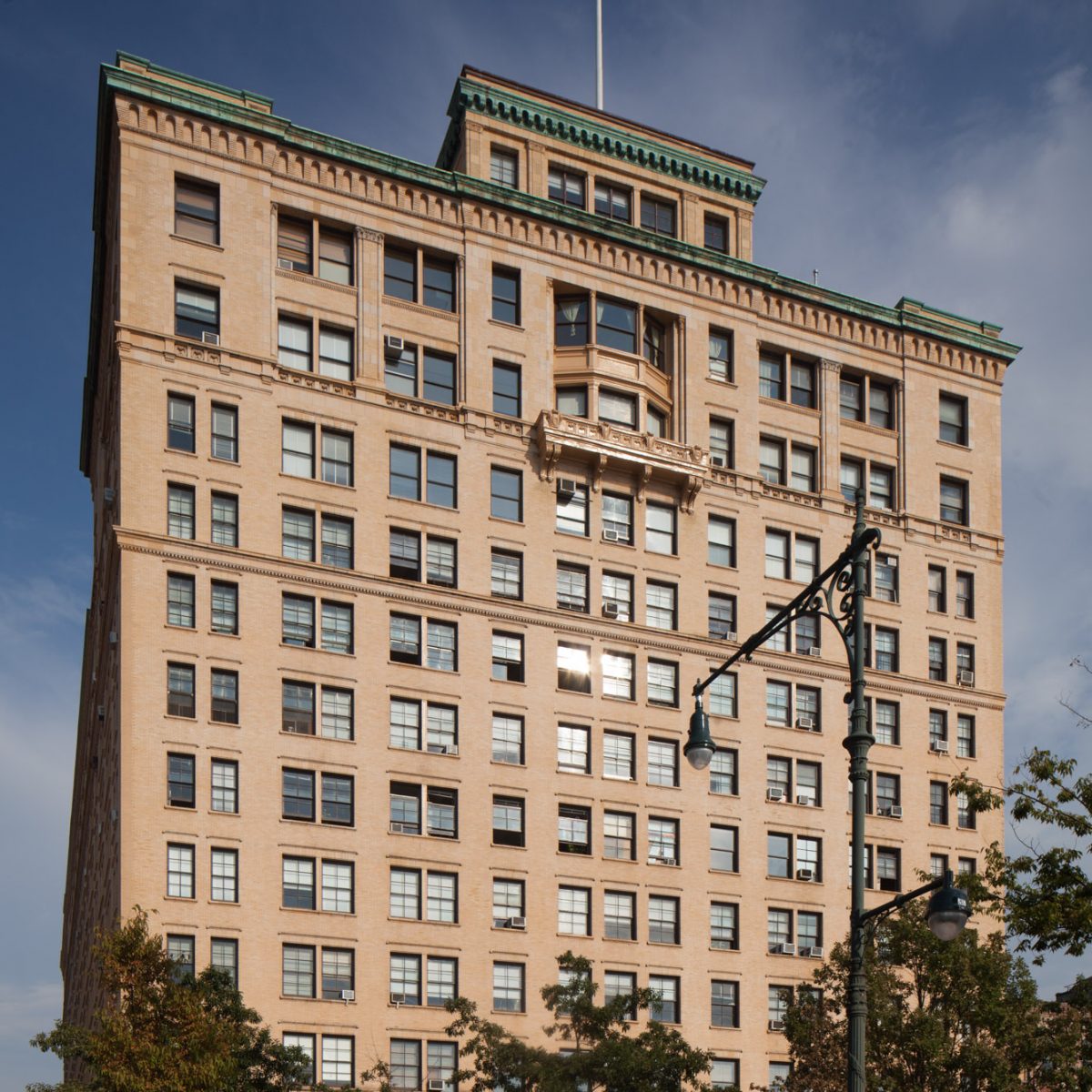
Westbeth Artists’ Housing
overview
The Westbeth Artists’ Complex is an early (1968-70) conversion of industrial space into housing for artists and has been home to many LGBT painters, sculptors, writers, choreographers, filmmakers, and other artists.
See Westbeth: Congregation Beit Simchat Torah and Westbeth: Merce Cunningham Dance Studio for more information about this site’s LGBT history.
On the Map
VIEW The Full MapHistory
Westbeth began as offices and research facilities for the Western Electric and Bell Telephone companies. In 1968-70 the complex became one of the first converted into housing and work space for artists. Many LGBT artists have lived at Westbeth. Among them are:
Barton Lidicé Beneš (1942-2012) created shadow boxes from collected items as well as controversial works dealing with AIDS, though many galleries would not show this work. His apartment, filled floor to ceiling with his works and his collections of animal skeletons, religious relics, celebrity items, and other ephemera, was a work of art in itself and has been reinstalled at the North Dakota Museum of Art.
Edward Field (b. 1924) is a poet and author who won the Lambda Literary Award in 1992 for his Counting Myself Lucky: Selected Poems 1963-1992. He received an Academy Award for short subject documentary in 1964 for writing the narration for To Be Alive, originally shown at the Johnson Wax pavilion at the New York World’s Fair.
Barbara Hammer (1939-2019) was a celebrated experimental filmmaker who specialized in documentaries about lesbian life and the untold histories of women. Her Dyketactic (1974) and Women I Love (1976) were among the earliest lesbian-themed films. Her work has been featured in retrospectives at the Museum of Modern Art, the Tate Modern in London, the Jeau de Paume in Paris, and the Leslie-Lohman Museum of Gay and Lesbian Art (now known as the Leslie-Lohman Museum of Art) in New York.
John Jasperse (b.1963) is an award-winning Modern dancer and choreographer with his own company. The New York Times described him as the “hottest – and brainiest – choreographer on the downtown scene.” His work explores “identity, intimacy and anxiety,” including pieces dealing with the impact of AIDS on the dance world.
Additional LGBT History
Besides the artist studios, Westbeth has galleries and commercial and studio spaces for rent. Keith Haring had his first solo New York City exhibition in the ground-floor gallery in 1981.
In 1972-73, Reverend Paul M. Abels was the general administrator of Westbeth. He left to become minister at the Washington Square United Methodist Church.
See Westbeth: Congregation Beit Simchat Torah and Westbeth: Merce Cunningham Dance Studio for more information about this site’s LGBT history.
Entry by Andrew S. Dolkart, project director (March 2017).
NOTE: Names above in bold indicate LGBT people.
Building Information
- Architect or Builder: Cyrus Eidlitz and MacKenzie; Voorhees & Gmelin; Richard Meier (conversion)
- Year Built: 1896-1934; 1968-70 (conversion)
Sources
“Barton Lidice Benes, 69, Provocative Artist,” The New York Times, June 19, 2012, A24.
“Bio,” Barbara Hammer, bit.ly/2et66rp.
Bruce Lambert, “The Rev. Paul Abels Dies at 54; Gay Pastor Lead ‘Peace’ Church,” The New York Times, March 14, 1992, 12.
“Edward Field,” Poets.org, bit.ly/2dUwDgS.
William Harris, “An Existential View of Despair: John Jasperse Ponders What’s Next After the End of a World Plagued by AIDS and Indifference,” The New York Times, May 2, 1999, sec. 2, 12.
Do you have more information about this site?
This project is enriched by your participation! Do you have your own images of this site? Or a story to share? Would you like to suggest a different historic site?
